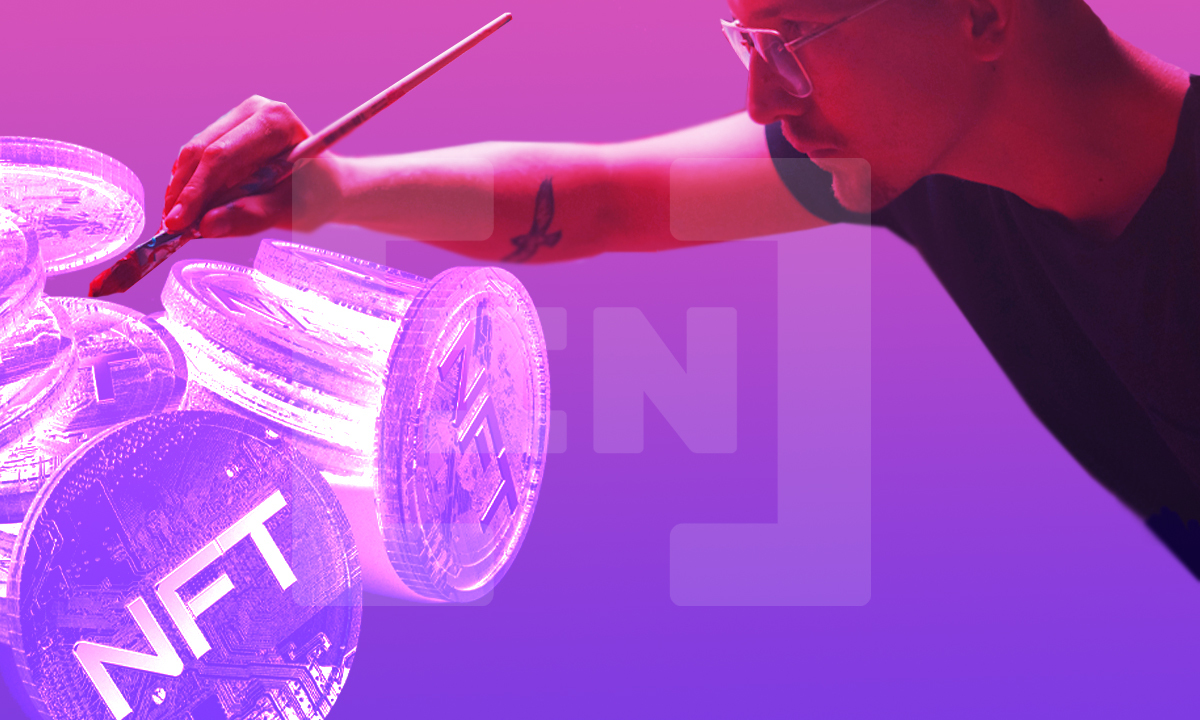Artists’ Interest Has Helped Push Sustainability for NFTs
3 min readDuring Christie’s Art + Tech Summit, this panel had an interesting take on how the introduction of artists into the NFT space has helped grow sustainability in the blockchain space.
Environmental concerns have recently become increasingly important in the crypto community. As a result, discussions around the impact this technology has on the environment continue. Key participants in this space go over the repercussions and solutions at conferences, on social media, and in community calls.
The blockchain doesn’t produce carbon itself. However, the concerns lie in the energy used to run the hardware necessary to complete the problems to mine coins.
Panelists Dan Heyman, CEO of Palm NFT Studio, Kathleen Breitman, Co-Founder of Tezos and Coase, and Martin Wainstein, Founder and Executive Director of the Open Earth Foundation, discussed how NFTs fit into this complex and divisive topic.
NFTs bring mainstream attention to sustainability
For Kathleen Breitman, the crypto community had, overall, not been interested in the environmental impact of their new technology.
She attributes this to the early attacks the BTC world faced for its heavy energy use. Therefore, she believes this led the community to brush off these points as a way to undermine their new technology.
However, the arrival of NFTs brought in more mainstream attention from those who had more interest in sustainability.
“The sensitivity of artists has brought attention to this issue,” says Martin Wainstein.
“I guess it forced a reflection from some of the projects. You know, on what they were doing to their greater ecological impact which spurred some which person changes,” agrees Breitman.
Proof of Work vs. Proof of Stake
Much of the discussion around sustainability comes down to the fundamental processes blockchains use. It’s hard to begin discussions on sustainability in blockchain without bringing up the proof of work (POW) versus proof of stake (POS).
“The challenge is the network is secured by playing a lottery. There has to be a cost for the prize. In proof of work, the cost is energy consumption by the specialized software,” explains Heyman.
For all the panelists, it was a no-brainer. For them, proof of stake offers a more environmentally sound solution.
“[In the future] this will be a non-issue as proof of stake becomes the standard,” says Heyman.
For Beitman, while she knows others in the community have strong feelings about the two, she sees them as merely “different ways to skin a cat.”
As a result, she considers POS to provide the same security as POW, without the energy-intensive work.
“Why waste more energy than you have to if you’re getting the same outcome by using something far more ecologically friendly,” she says.
Looking to the future
“I’m particularly optimistic…in the role that artists and collectors can have to shape a new face of philanthropic power to support social-environmental impact,” says Wainstein.
He and the other panelists see an acceleration of sustainability as a priority in blockchain and cryptocurrency.
“The fact that artists and creators and collectors have forced that upon the broader ecosystem of ETH, I think is fantastic and this is helping accelerate the roadmap towards proof of stake of theory and which is what we all want to see,” says Heyman.
Overall, for Wainstein, the responsibility lies with everyone within the community.
“In the transition to sustainability and sustainable commitments, we all have a role to do, whether it’s individuals or organizations…we see how the pressure from the creators the artists, the users, bringing in higher-level sustainability awareness, creating a positive pressure for the realizations that can do something about it to start doing it,” he says.
The post Artists’ Interest Has Helped Push Sustainability for NFTs appeared first on BeInCrypto.







